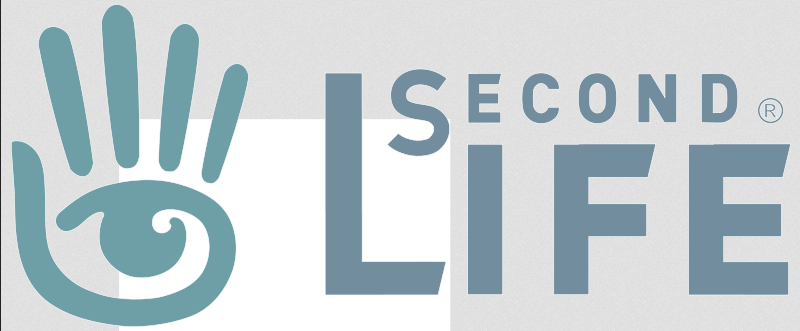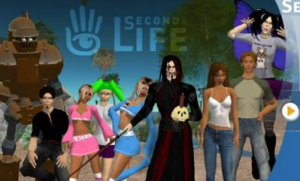Teaching with Emerging Technology
As an introduction to Virtual Worlds (VWs), I watched a short video by Dr Sharon Tettegah taking us on a tour of the learning environments she has created on Second Life. Dr. Tettegah teaches Computer Science to Science Teachers, Masters and Doctoral Science candidates. Noticing that many students often complain about their learning experience, she challenged them to utilise Second Life to recreate their own ideal learning environment. While watching the video, I made the following notes:
– task-based project
– meaningful and engaging task
– solving real-life problems
– peer-to-peer support
– theoretically justified
The Affordances of SL for Education
Fogg’s principle of tailoring tells us that, “…technology will be more persuasive if it is tailored to the individual’s needs, interests, personality, usage context, or other factors releveant to the indivual” (Fogg, 2003:38). In this way, Dr. Tettegah’s deftly responds to her students real-life problems by creating a task-based project. This task-based approach means that she does not pre-determine what the students will learn, rather, what needs to be learnt is deteremind as the students attempt to complete the task. The ‘highly immersive‘ nature of Second Life creates a visually stimulating context for the students, in the form of avatars, who can interact with one another in order to develop anything they like, from buildings, to course content to measures of assessment. These extended social interactions, the role of simulation for a project
Dr. Tettegah exclaims of her own projects as ‘Social Constructivism at it’s finest!‘, where she ensures that in each group, students at differing academic levels, come together to learn collaboratively. This form of peer-to-peer support is further scaffolded by the teachers’ requirement to bring in theory associated with what they are doing to justify their decision-making.
Barriers to the use of SL
Dr. Tettegah Second Life Computer Science project is a highly original and creative way to ‘bring theory into action’. However, with the affordances of social VWs, there also come barriers for teachers, such as myself. In the first instance, despite the widespread populalrity of online gaming, it is not wise to assume all learners are digital natives. An analysis of students’ computer competence, and additional training, should be provided at the offset.
Warbuton’s list highlights the importance of collaboration, culture and identity as potential barriers for the adoption of VWs as learning experiences (Warburton, 2009: 422). Warburton indicates, “SL can feel destabilising and – outside the ‘safety zone’ – a place of no limits, no boundaries and no restrictions on behaviour’. This suggests a crucial factor to the success of online learning is the establishment of social rules or netiquette. Similarly, in previous posts, I have highlighted the importance of reducing anxiety in both offline and online classrooms in order to facilitate the learning process. Initiating ‘getting to know you’ activities, where students informally exchange personal information, creates the feeling of disinhibition, a crucial factor for building students’ motivation and self-esteem.
References
Warburton, S, 2009. Second Life in higher education: Assessing the potential for and barriers to deploying virtual worlds in learning and teaching. British Journal of Educational Technology, 40/3, 414-426




1 Comment on “(MA) DTLT – Week 11 – Virtual Worlds – MUVEs”
Comments are closed.